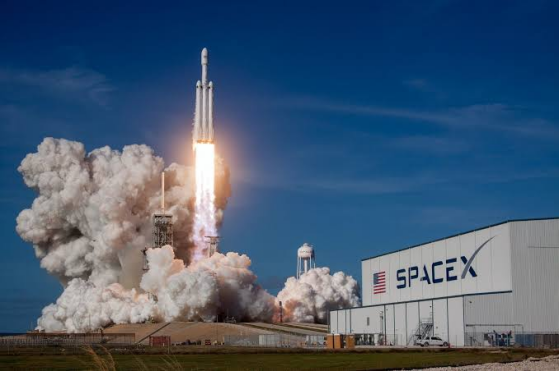
Balancing Innovation and Conservation: Environmental Impacts of SpaceX’s Starship Explosion
Fiona Nanna, ForeMedia News
8 minutes read. Updated 10:00PM GMT Sat, 29, 2024
The Dramatic Launch and Explosion of SpaceX’s Starship
On April 20, 2023, SpaceX’s Starship took to the skies from its launchpad in Boca Chica, near Brownsville, Texas. As the world’s most powerful rocket lifted off, excitement buzzed through the crowd. The rocket’s 33 engines roared, propelling it into the cloudless sky. However, just three minutes and 57 seconds into its planned 90-minute flight, the spacecraft exploded, showering debris into the sea. Despite this catastrophic failure, SpaceX hailed the mission as a success, with owner Elon Musk calling it “exciting” and engineers describing the explosion as “a rapid unscheduled disassembly.”
Environmental Impact: A Growing Concern
While the engineering feat was impressive, the environmental consequences were alarming. The launch not only destroyed the rocket but also severely damaged the launchpad. SpaceX’s Boca Chica site, situated near the Gulf of Mexico and surrounded by state parks and wildlife refuges, became a scene of environmental disaster. The launch ignited a massive explosion that hurled sand, soil, metal, and concrete up to 10 kilometers away. Though no injuries were reported, local communities and conservation areas were covered in debris.
The Fallout and Legal Repercussions
The fallout from the launch was documented by the US Fish and Wildlife Service, leading to the grounding of Starship. Environmental groups, already concerned about the escalating number of rocket launches, saw this incident as a wake-up call. The National Parks Conservation Association (NPCA) and other organizations filed legal claims against government regulators for permitting the launch. Sarah Gaines Barmeyer, deputy vice president of conservation programs at NPCA, expressed concerns over the potential for fires, air and water pollution, and urged for stricter safety measures before launching rockets near protected areas.
Future Launch Sites: A Cause for Concern
The explosion at Boca Chica isn’t an isolated incident. Similar environmental concerns are arising with the development of new launch sites. The NPCA is currently campaigning against the construction of a commercial launch site on Georgia’s coast, near a protected wilderness. Cape Canaveral in Florida, a historic site for NASA launches, is also under scrutiny as the US Department of the Air Force assesses the environmental impact of building a new launchpad for Starship.
Cape Canaveral: A Double-Edged Sword
Cape Canaveral, surrounded by the Merritt Island National Wildlife Refuge, is home to diverse species, including manatees, sea turtles, and bald eagles. While NASA has been monitoring environmental impacts for over 40 years, ensuring minimal long-term damage, the risks persist. The proposed expansion at Cape Canaveral raises concerns about the proximity of new launch sites to protected areas, potentially endangering the delicate ecosystem.
International Perspectives: Lessons from Baikonur and Kourou
The environmental challenges aren’t limited to the US. The Baikonur Cosmodrome in Kazakhstan, the world’s first spaceport, serves as a cautionary tale. Unregulated launches have poisoned vast areas of the steppe with carcinogenic fuel. In contrast, the European Space Agency (ESA) at Kourou in French Guiana employs stringent environmental measures. The spaceport, surrounded by tropical rainforest and mangrove swamps, is constantly monitored for air, soil, and water quality. Recent developments, like a solar farm designed to protect local wildlife, showcase ESA’s commitment to preserving the environment.
The Path Forward: Balancing Development and Conservation
The first launch of ESA’s Ariane 6 rocket is set for July 2024, with precautions in place to minimize environmental impact. As the space industry advances, it’s crucial to find a balance between technological progress and environmental conservation. Sarah Gaines Barmeyer remains hopeful, advocating for coexistence between the industry and conservation efforts.
From the pioneering images of Earth from space to today’s satellites monitoring climate change, space exploration has revolutionized our understanding of the environment. However, the unchecked development of spaceports and new launch systems threatens to undermine these achievements. It is imperative to ensure that future space endeavors prioritize environmental protection, allowing for a harmonious coexistence between innovation and nature.
For more insights on space exploration and environmental conservation, visit NPCA and ESA. Stay updated with the latest news and developments by following #SpaceExploration, #EnvironmentalConservation, and #RocketLaunch.

